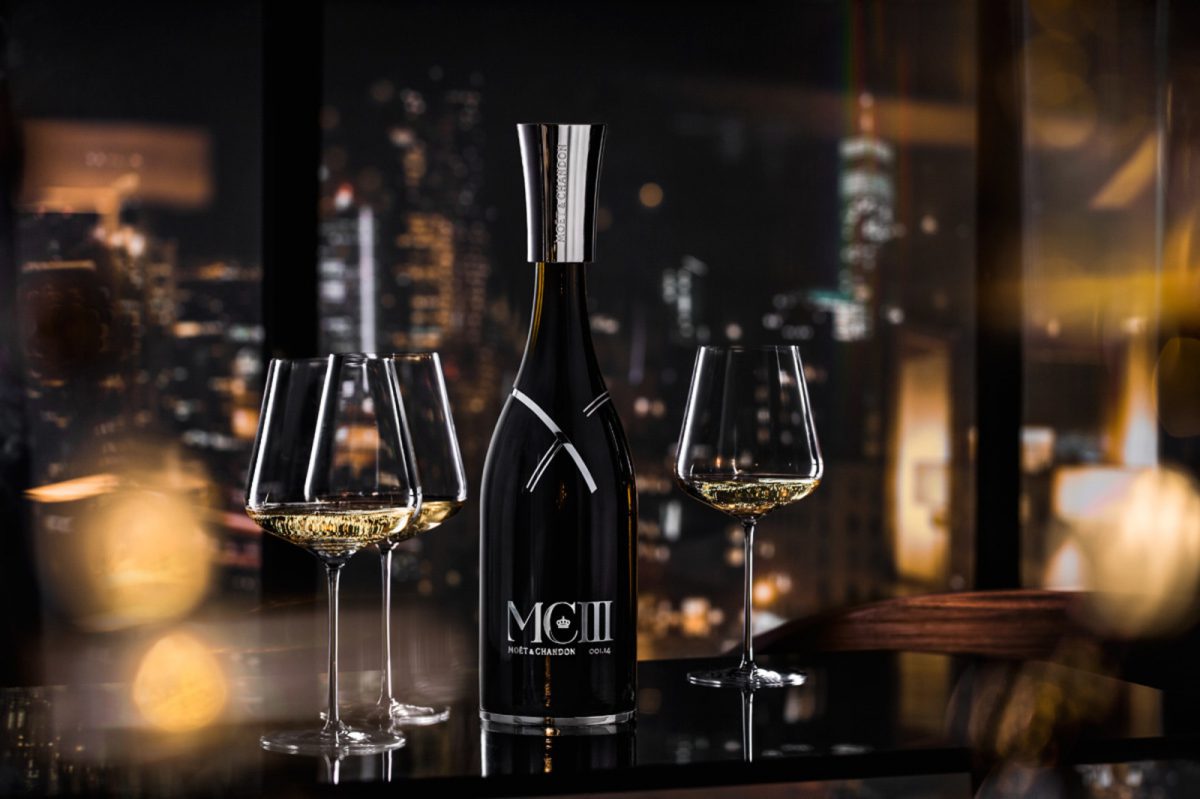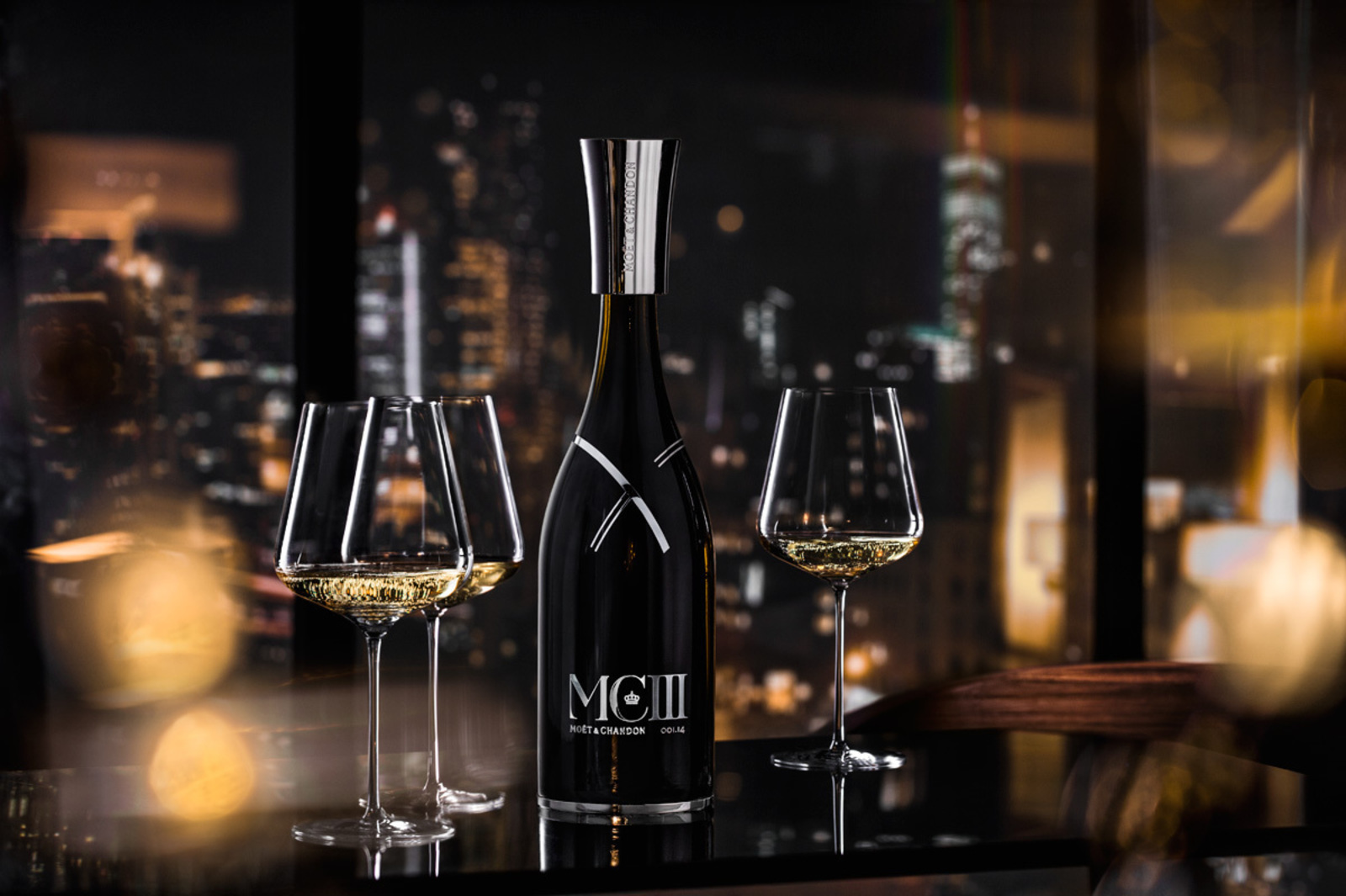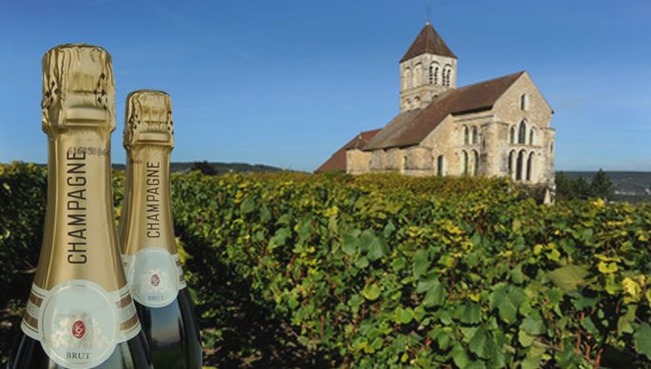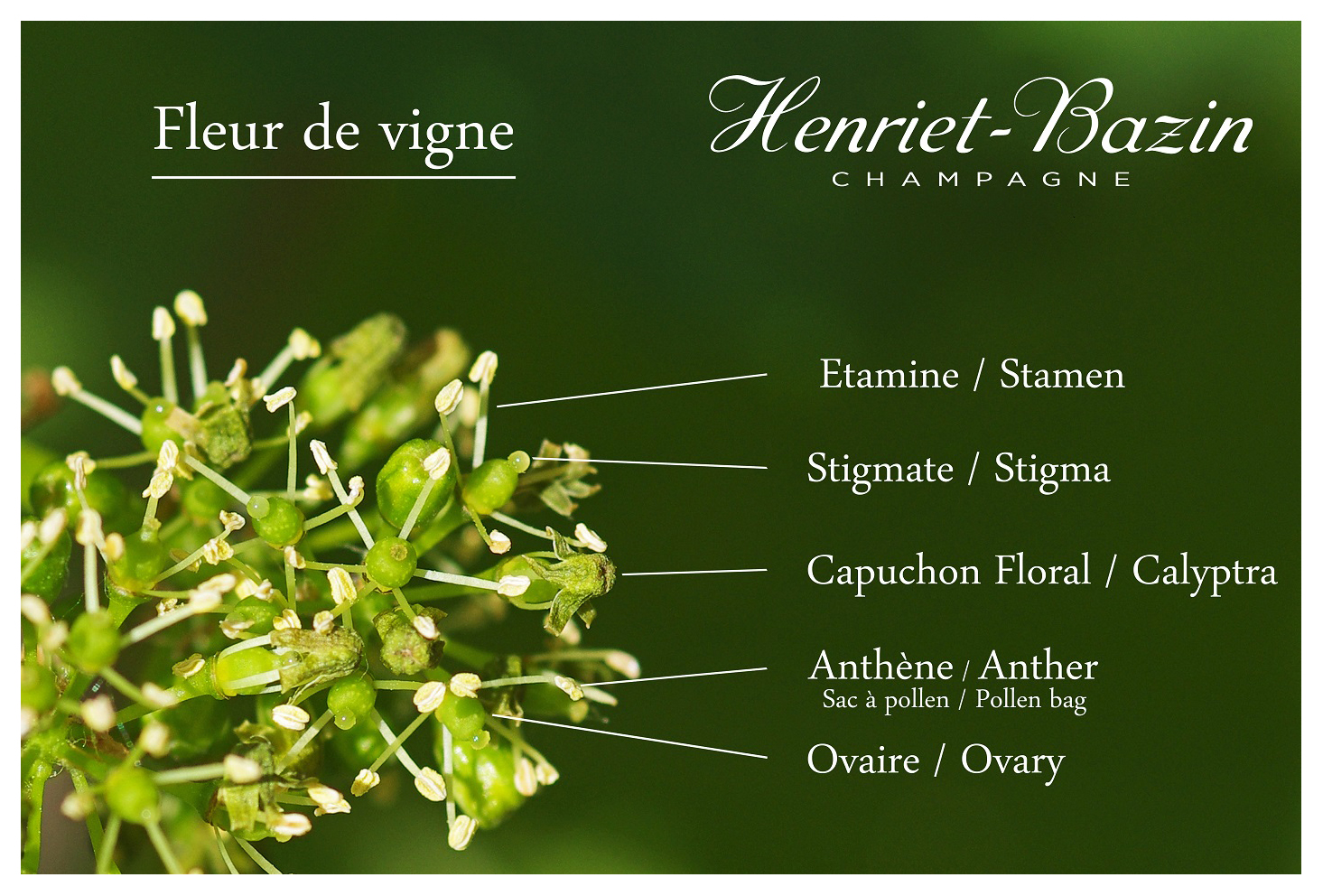Moet & Chandon is set to release a new prestige cuvee into the US market early October.
Their new cuvee “MCIII” is highly unusual as it incorporates base wines from the 2003 vintage and a range of older reserve stocks, includes non-sparkling vin clair wines, with an assemblage of vintage wines aged both in stainless steel vats and oak casks.
This unique blend is 50 percent of Pinot Noir from the grand cru village of Ay, and 50 percent Chardonnay from Chouilly and Cramant.
Gouez has also included a high proportion of still, oak-aged wines: nearly 40 percent of the blend is reserve wine matured in oak barrels, hailing from the 2002, 2000 and 1998 vintages.
The Chef de cave Benoit Gouez completed this truly unique blend by uncorking vintage Champagne from 1999, 1998 and 1993 vintages.
With the price set at $450, this new prestige cuvee is being introduced gradually, with a limited production of 15,000 bottles.
The presentation is quite dramatic — MCIII is presented in a black bottle with a metallic cap, medallion base and beautiful wooden coffret.
Chef de cave Benoit Gouez has stated: “We have created a cuvee of great complexity, which is composed of three strata” or layers.”
Liz Palmer
@ChampagneHouses







